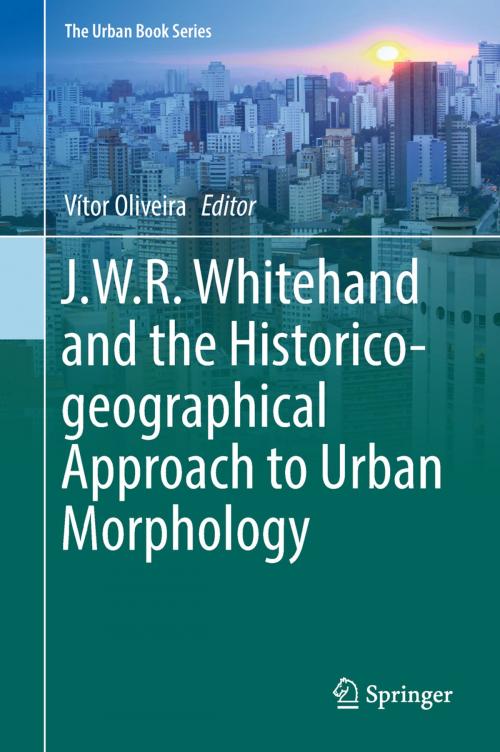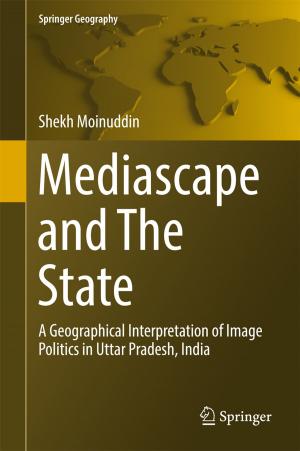J.W.R. Whitehand and the Historico-geographical Approach to Urban Morphology
Nonfiction, Social & Cultural Studies, Social Science, Human Geography, Science & Nature, Science, History| Author: | ISBN: | 9783030006204 | |
| Publisher: | Springer International Publishing | Publication: | October 9, 2018 |
| Imprint: | Springer | Language: | English |
| Author: | |
| ISBN: | 9783030006204 |
| Publisher: | Springer International Publishing |
| Publication: | October 9, 2018 |
| Imprint: | Springer |
| Language: | English |
Over recent decades, the historico-geographical approach to urban morphology has been prominent in the debate on the physical form of our cities and on the agents and processes shaping that form over time. With origins in the work of the geographer M.R.G. Conzen, this approach has been systematically developed by researchers in different parts of the world since the 1960s. This book argues that J.W.R. Whitehand structured an innovative and comprehensive school of urban morphological thought grounded in the invaluable basis provided by Conzen. It identifies the development of several dimensions of the concepts of “fringe belt” and “morphological region” and the systematic exploration of the themes of “agents of change,” “comparative studies” and “research and practice” as key contributions by Whitehand to this school of thought. The book presents contributions from leading international experts in the field addressing these major issues.
Over recent decades, the historico-geographical approach to urban morphology has been prominent in the debate on the physical form of our cities and on the agents and processes shaping that form over time. With origins in the work of the geographer M.R.G. Conzen, this approach has been systematically developed by researchers in different parts of the world since the 1960s. This book argues that J.W.R. Whitehand structured an innovative and comprehensive school of urban morphological thought grounded in the invaluable basis provided by Conzen. It identifies the development of several dimensions of the concepts of “fringe belt” and “morphological region” and the systematic exploration of the themes of “agents of change,” “comparative studies” and “research and practice” as key contributions by Whitehand to this school of thought. The book presents contributions from leading international experts in the field addressing these major issues.















